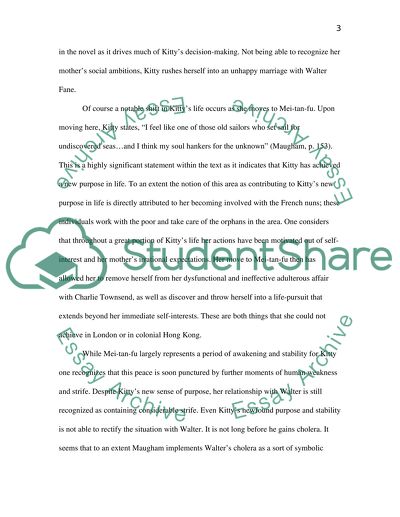Cite this document
(“The Painted Veil Literature review Example | Topics and Well Written Essays - 1000 words”, n.d.)
Retrieved from https://studentshare.org/english/1453675-the-painted-veil
Retrieved from https://studentshare.org/english/1453675-the-painted-veil
(The Painted Veil Literature Review Example | Topics and Well Written Essays - 1000 Words)
https://studentshare.org/english/1453675-the-painted-veil.
https://studentshare.org/english/1453675-the-painted-veil.
“The Painted Veil Literature Review Example | Topics and Well Written Essays - 1000 Words”, n.d. https://studentshare.org/english/1453675-the-painted-veil.


